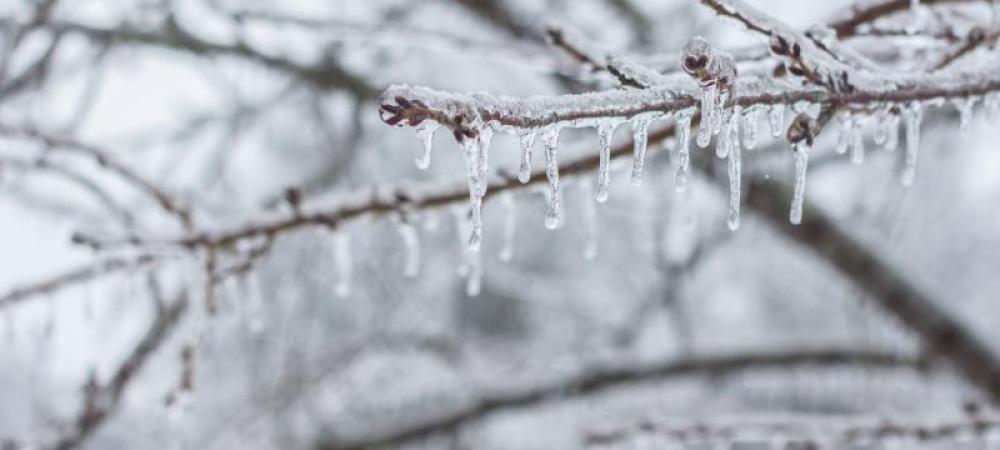How to Winterize Your Lawn

What Does Winterizing Mean for Your Lawn?
Winterizing your lawn involves a series of proactive measures aimed at fortifying the grass, soil, and root systems to endure the harsh conditions of winter. By preparing your lawn beforehand, you create a buffer against frost, freezing temperatures, and other winter-related stressors. Winterizing your turf helps it get through the colder months to be able to thrive during the warmer months.
Steps For Winterizing Your Lawn
Preparing your lawn for the winter months is crucial for ensuring its health and vibrancy when spring arrives. From adjusting mowing practices to nourishing the soil and protecting sensitive areas, these steps pave the way for a resilient and lush lawn. Below, we’ll dive deeper into how to winterize your yard this winter.
Step 1: Mowing
Gradually reducing your mower's cutting height in the final mows of the season is a strategic move. However, it's crucial not to trim too aggressively at once; instead, aim for a gradual reduction. By trimming the grass to a slightly lower height, you discourage the formation of dense mats under snowfall.
Step 2: Clear Debris
Remove leaves, sticks, and other debris from the lawn. A thick layer of leaves can block sunlight and air, potentially causing issues for the grass. By meticulously clearing this clutter, you pave the way for a healthier, more resilient lawn that can better endure the winter challenges ahead.
Step 3: Aerate Your Lawn
Aeration stands as a fundamental step in nurturing your lawn's vitality. By aerating, you actively combat soil compaction, fostering an environment where nutrients, water, and crucial oxygen can readily access the grassroots.
Step 4: Fertilization
Choosing the right fertilizer for your lawn as winter approaches is akin to providing it with a tailored coat of armor. Opt for a specialized winterizing fertilizer boasting a balanced nutrient composition, often richer in potassium and phosphorus while slightly reduced in nitrogen content.
Step 5: Overseeding
If needed, overseed the lawn with cold-resistant grass varieties suited for your region. This fills in bare patches and revitalizes the lawn. Overseeding isn't merely about filling in those gaps; it's a revitalizing process that breathes new life into your lawn. These fresh seeds take root, weaving into the existing grass, bolstering its density, and fortifying it against harsh winter conditions. By strategically introducing these resilient grass varieties, you're not just patching up your lawn; you're fostering a more resilient, vibrant carpet of greenery that'll endure the winter chill and flourish come springtime.
Step 6: Hydration
Before the ground freezes, give your lawn a deep watering. This ensures adequate moisture for the grassroots during the winter months.
Step 7: Monitor Throughout Winter
Throughout the winter, keeping an eye on your lawn remains a crucial practice in maintaining its health. During sunny spells when the ground thaws, it's opportune to inspect the lawn's condition. If you notice dry patches or soil that appears parched, consider providing a light watering session. This act isn't about drenching the lawn but rather offering a gentle drink to areas showing signs of dryness.
Winter Lawn Care
Each of these steps contributes to the overall health and resilience of your lawn during the winter. Adapt these steps according to your region's climate and the specific needs of your grass type for the best results. If you’re located in the Kansas City area, Quality All Care is your go to lawn care company for all of your winter lawn care needs. Interested in learning more? Check our our other resources on winter lawn care in Kansas City and winter gardening in Kansas City.
